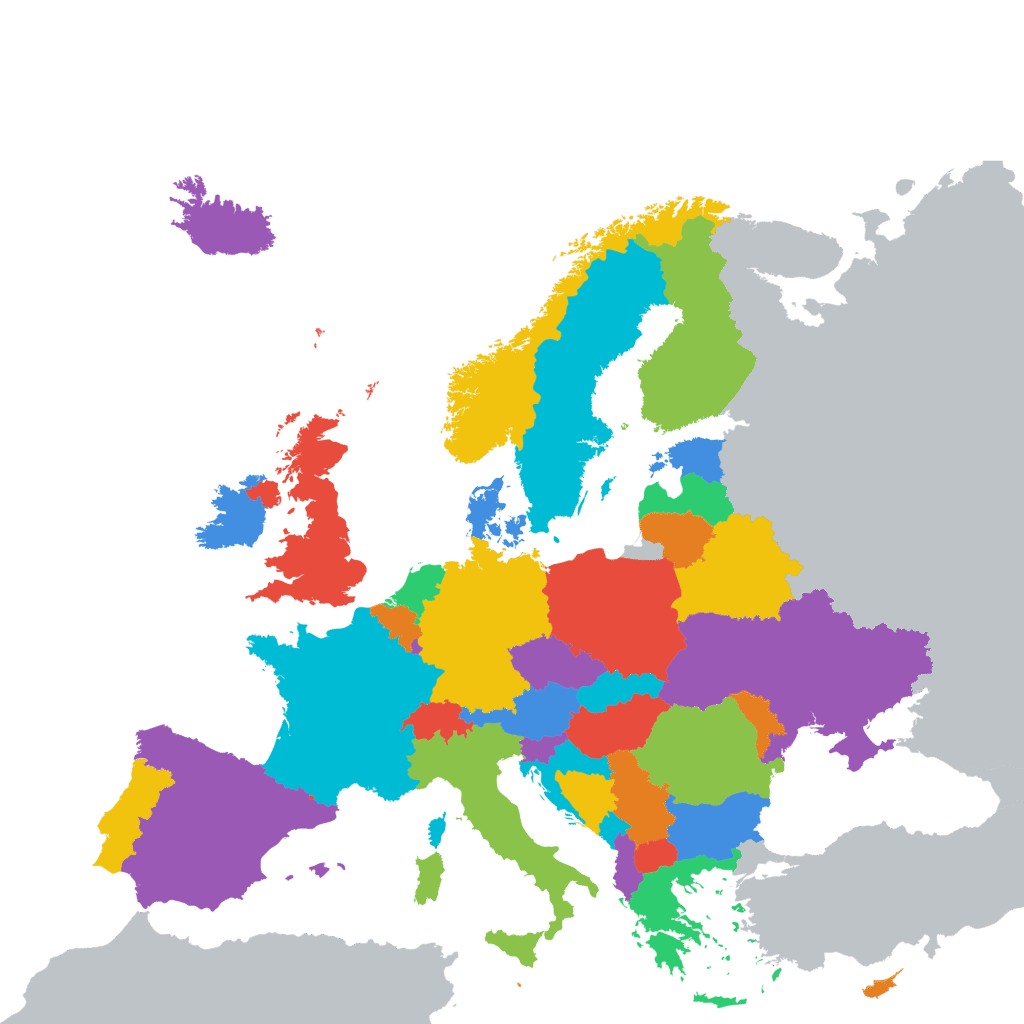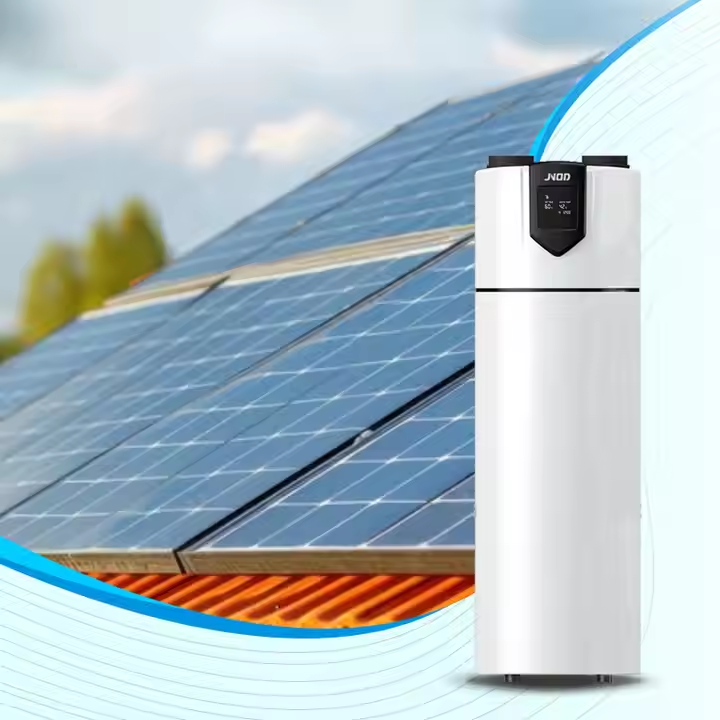The European heat pump market is experiencing rapid growth, driven by urgent needs for energy security, decarbonization policies, and increasing fossil fuel costs. This transformation is not just a short-term trend—it’s a structural shift toward sustainable heating. Below, we explore the top six development trends shaping the European heat pump industry from 2024 to 2030.
Europe Heat Pump Market Continues Rapid Growth
In 2023 alone, heat pump sales in Europe surpassed 3 million units, doubling the figures seen in 2020. This upward trajectory is expected to continue throughout the decade.
Key markets leading the growth:
- France
- Germany
- Italy
- Poland
- Sweden
- Finland
According to the European Heat Pump Association (EHPA), Europe must install 7 to 10 million heat pumps annually by 2030 to meet carbon neutrality goals for buildings.

Policy Incentives and Legislation Drive Europe Heat Pump Market Expansion
European Union initiatives like the EU Green Deal and Fit for 55 are accelerating the phase-out of fossil fuels in favor of renewable technologies such as heat pumps.
Notable national policies:
- Germany (2024): All new buildings must use renewable heating (e.g., heat pumps); gas boilers banned.
- Germany Subsidy: Covers up to 30–50% of heat pump installation costs.
- France’s MaPrimeRénov’: Offers families subsidies worth thousands of euros.
- UK Boiler Upgrade Scheme: Grants up to £7,500 per heat pump.
These financial incentives are a major driver for residential and commercial adoption.
From Gas Replacement to Integrated Energy Systems
The role of heat pumps is expanding beyond boiler replacement. More and more European households and commercial buildings are adopting fully integrated energy systems.
Typical Integration Models:
- Air Source Heat Pump (ASHP) + Solar PV + Battery Storage = Zero-Carbon Homes
- Heat Pumps as the Central Node in Smart Building Energy Systems
These integrations enhance energy independence, reduce grid reliance, and improve sustainability.

Surge in Demand for High-Temperature and Commercial Heat Pumps
As adoption broadens, new applications are emerging in:
- Multi-family housing
- Hotels, hospitals, and schools
- Industrial waste heat recovery and high-temperature water supply
This is driving demand for:
- High-temperature heat pumps (>65°C)
- Commercial R290 ASHP systems
- Multi-split air source systems for complex buildings
Manufacturers are responding with next-gen R290 models suitable for legacy radiator systems and large-scale applications.
R290 Refrigerant: The Future of Eco-Friendly Heat Pumps
Europe’s F-Gas regulations are phasing out high-GWP refrigerants like R410A and R134a. In their place, R290 (propane) is emerging as the refrigerant of choice.
Why R290?
- Ultra-low GWP of just 3
- Supports high outlet temperatures, ideal for older radiator systems
- High energy efficiency under EU climate conditions
This positions R290 heat pumps at the heart of the EU’s sustainable heating strategy.
Renovation of Old Buildings: A Massive Opportunity
Around 75% of European buildings have poor energy performance. Retrofitting these structures is essential to achieving climate targets.
Key renovation strategies:
- Heat pump installation
- Wall and roof insulation
- Window and door upgrades
To meet this demand, the market is developing:
- High-temperature split ASHP systems
- Compact, flexible units suited for space-constrained homes
Heat pumps offering high outlet water temperatures and flexible installation are crucial for success in this segment.
European Heat Pump Market Conclusion
The European heat pump market is on a strong growth path, powered by policy, technology, and changing consumer needs. From R290 innovation to smart energy integration and old building retrofits, the 2024–2030 period presents massive opportunities for manufacturers, distributors, and installers alike.
As demand surges, companies that adapt quickly to high-efficiency standards, integrated systems, and eco-friendly refrigerants will lead the transformation of Europe’s heating future.
